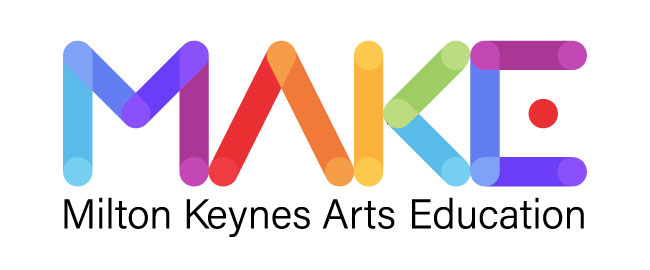|
There’s an ‘A’ absent in STEM. Why should it be full STEAM ahead for schools?
Did you know that Nobel laureates in the sciences are 25 times more likely than other scientists to sing, dance, or act? That they are 17 times more likely to be a visual artist, 12 times more likely to write poetry and literature, and four times more likely to be a musician?
These are compelling facts set out by the Imagination Foundation to support why the arts and sciences belong together, and that the absent ‘A’ in STEM (Science, Technology, Engineering and Maths) of course stands for the Arts. It’s not just missing, it’s essential.
We’re concentrating a great deal on STEM subjects. To sustain our economy over the next couple of years we need to double the number of graduates in these areas. Part of the concern is also that women aren’t studying these subjects – they represent 46% of our workforce, yet make up just 8% of engineering professionals.
Sir Michael Tomlinson, our former chief inspector of schools, has quite rightly called for STEM subjects to start early at primary school. He believes that it would help challenge the belief among children that these subjects are difficult and that they would only lead them down a specific career path, when actually so many different career opportunities are opened up. He also feels that STEM subjects should be integrated across the curriculum. Sir Michael is spot on. STEM alone won’t get us to where we want to be, for three main reasons;
- First, STEM is limiting. The next generation is going to be all about creative solutions. The majority of CEOs worldwide, when asked what they look for in a new hire, identify creativity as an essential skill. Employers don’t just need people with basic job skills but people who are creative and who can generate new ideas and new ways of solving problems. Arts education is key to creativity, which is an essential driver of innovation.
- Second, the arts have a pivotal role in making STEM subjects come to life. STEAM will help the shortage of STEM graduates because learning through the arts makes concepts relevant and enticing to learners, which would certainly broaden the appeal of STEM subjects for girls in particular. This enables learners to explore core subjects alongside the arts by giving them a context and physicalising their learning. This blend of subjects would be a move away from solely learning facts and reproducing them at exam time. It’s more about experiential learning when students actively develop a deeper understanding of both the arts and curriculum subjects.
- Third, the arts and sciences are better together than apart. STEAM unites what can be thought of as opposites in the curriculum. In many ways the artistic process and the scientific methodology are actually quite alike. Both are about investigating ideas and possibilities. The Kennedy Center also remarks that, ‘both have a “process” and a “product” aspect to them. And both require students to engage in creative and critical thinking that supports collaborative learning.’
If these connections aren’t made by educators and governments then arts education could disappear in our schools. The issue is immediate; our economies depend on it. STEAM will not only give students the tools to cope with change and ambiguity and bring creativity to the complex challenges of the future, but as leading MacArthur Fellow Robert Root-Bernstein has said,
“Arts don’t just prettify science or make technology more aesthetic; they often make both possible.”

|
04 Oct 2014 |
















